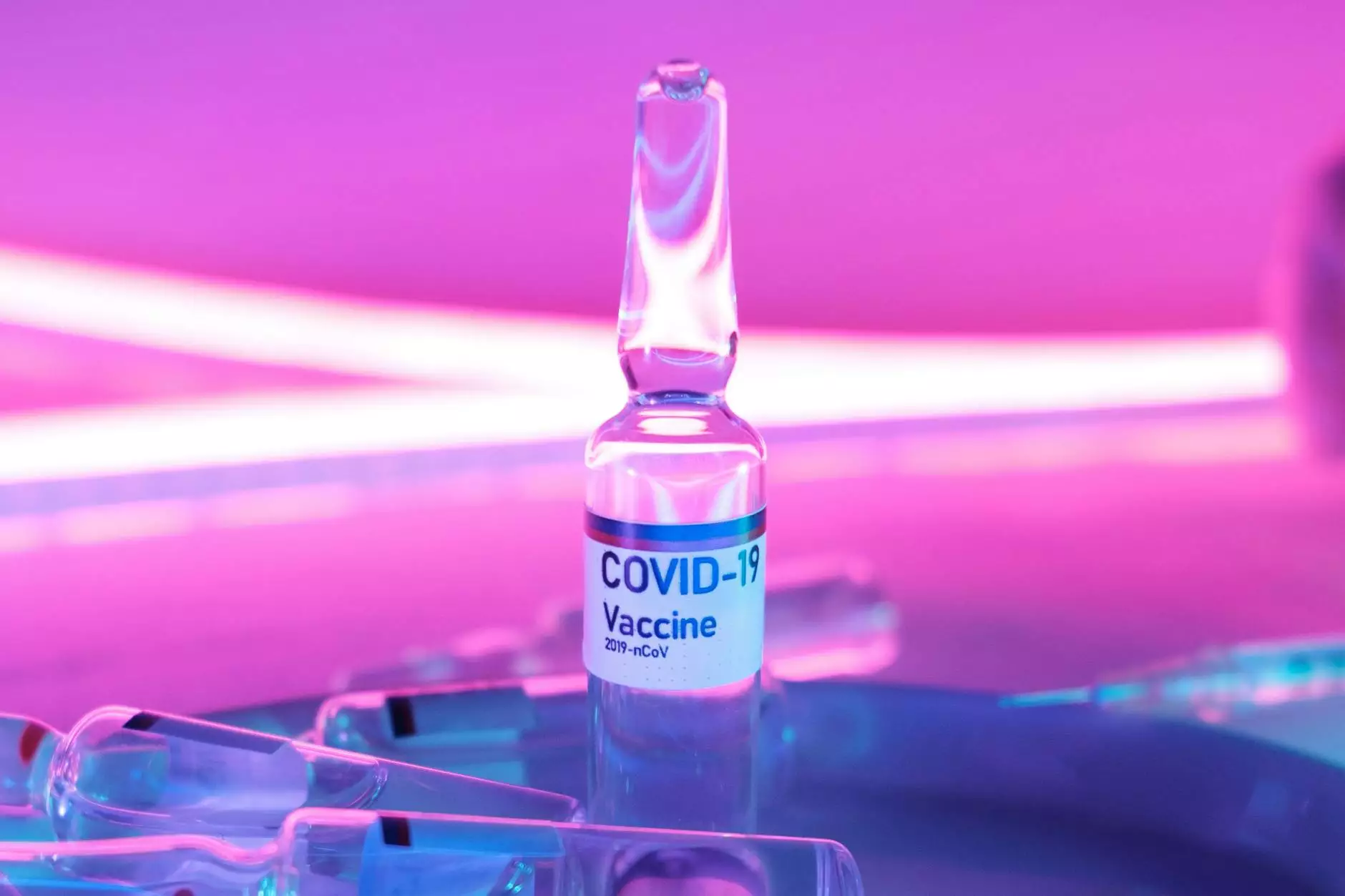Preventing Infections in Midline Catheters

Introduction
Welcome to the comprehensive guide on preventing infections in midline catheters. Foley James D MD aims to educate and inform patients about the importance of minimizing the risk of infections associated with midline catheters in order to promote overall health and well-being.
About Midline Catheters
A midline catheter is a type of catheter inserted into a peripheral vein, typically in the upper arm, for intravenous therapies that require longer duration but do not necessitate central venous access. These catheters offer various advantages, such as reduced discomfort and lower infection rates compared to central venous catheters.
Understanding the Risks
Although midline catheters are considered lower risk compared to central venous catheters, there is still a potential for infections to occur if proper precautions are not taken. Infections associated with midline catheters can lead to serious complications, including bloodstream infections, which can have severe consequences for patients.
Prevention Strategies
Preventing infections in midline catheters requires a multi-faceted approach that includes meticulous care, adherence to hygiene protocols, and regular monitoring. The following strategies can help reduce the risk of infections:
Proper Insertion and Maintenance
It is essential to have midline catheters inserted by trained medical professionals to ensure accuracy and minimize the chance of complications. Regular maintenance, including dressing changes and catheter care, should be carried out according to recommended guidelines.
Hand Hygiene
Hand hygiene plays a crucial role in preventing infections. Healthcare providers and patients should wash their hands thoroughly with soap and water or use an alcohol-based hand sanitizer before and after any contact with the midline catheter or surrounding areas.
Site Care and Dressing Changes
Keeping the insertion site clean and dry is vital to prevent infections. It is recommended to inspect the site regularly and change the dressing as per healthcare provider instructions to maintain optimal hygiene.
Proper Flushing and Medication Administration
Flushing the midline catheter before and after medication administration helps maintain catheter patency and reduces the risk of infection. It is important to follow proper flushing protocols and use aseptic techniques during medication administration.
Regular Monitoring and Prompt Intervention
Monitoring the midline catheter site for any signs of infection or complications is crucial. Any changes, such as redness, swelling, pain, or discharge, should be immediately reported to the healthcare provider for prompt evaluation and intervention if necessary.
Conclusion
By following the preventive strategies mentioned above, patients can significantly minimize the risk of infections associated with midline catheters. Foley James D MD focuses on patient education and aims to empower individuals with the necessary knowledge to ensure a safe and successful midline catheter experience.
References
1. Centers for Disease Control and Prevention. Guidelines for the Prevention of Intravascular Catheter-Related Infections. https://www.cdc.gov/infectioncontrol/guidelines/BSI/index.html
2. Infusion Nurses Society. Infusion Therapy Standards of Practice. https://www.ins1.org/standards-of-practice










